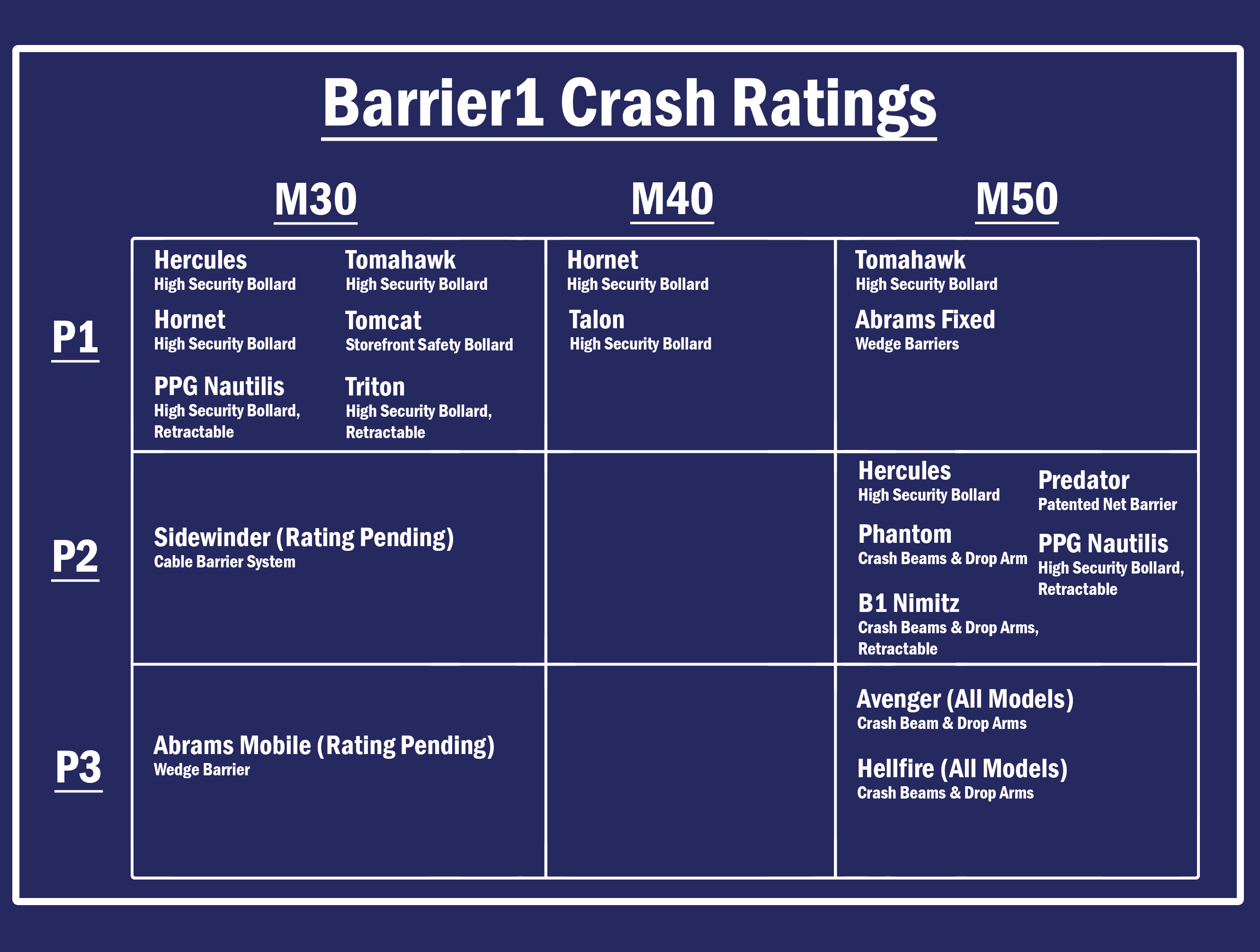Getting My Crash Beams To Work
Wiki Article
The smart Trick of Crash Beams That Nobody is Talking About
Table of ContentsAn Unbiased View of Crash Beams3 Simple Techniques For Crash BeamsCrash Beams - Truths10 Simple Techniques For Crash BeamsSome Known Questions About Crash Beams.
High beam of lights profit drivers on dark roads during the night and at various other times when it is tough to see (Crash Beams). Improper high beam use could be harmful. In Ontario, there are legislations to define proper use of high beam of lights to assist avoid risks that might cause a serious accidentUsing common sense, you can utilize your high light beams securely also if you are unclear of the range. : When you comply with one more automobile, turn your high light beams off. Lower your high beam of lights when you see the headlights of oncoming website traffic, Lower your high light beams when increasing a hill Improper high beam usage produces risks for drivers in approaching automobiles and the chauffeurs who poorly utilize them.
In this scenario, vehicle drivers are more probable to collapse into various other cars. Drivers may additionally miss other objects or risks in the road. Misuse of high beam of lights may additionally trigger chauffeurs to misjudge: Just how much distance they require to brake motorists in this circumstance might be not able to quit in time to prevent a crash.
Irritability can rapidly rise into more unsafe behavior. That depends. All drivers owe a duty of like avoid injury to others. When chauffeur neglect causes a crash that directly triggers injury and various other losses, she or he may be responsible for the problems. Nonetheless, each case is various.
Crash Beams - Questions

, where a towering crane has actually been brought in, and a huge number of crew vehicles and cars are obstructing the roadway. Some automobiles cope much better than others with extra severe side crashes , indicating suggesting there is still room area more progress. Side airbags, which today are typical on a lot of brand-new passenger cars, are designed to maintain individuals from clashing with the inside of the vehicle and with objects outside the car in a side accident.

To fill this space, we launched our own test with a various obstacle one with the elevation and shape of the front end of a normal SUV or pick-up at the time (Crash Beams). NHTSA obstacle, received yellow, superimposed over the taller barrier utilized in the initial IIHS examination In 2021, IIHS revamped its test with a more serious crash and a much more practical striking barrier
How Crash Beams can Save You Time, Stress, and Money.
It is closer to the ground and shorter than the initial IIHS obstacle however still greater than the NHTSA barrier. Updated (left) and initial IIHS side examination barriers In our original examination, a 3,300-pound obstacle read this post here with the approximate elevation of an SUV hit the motorist side of the vehicle at 31 mph.As a result of these modifications, the brand-new test involves 82 percent extra power than the initial examination. The honeycomb surface area of the obstacle in the 2nd examination is also various. Like actual SUVs and pickups, the new obstacle often tends to flex around the B-pillar between the chauffeur and back traveler doors.
The passenger area can be compromised in this manner also if the car has a strong B-pillar. In both tests, 2 SID-IIs dummies standing for small (fifth percentile) ladies or 12-year-old children are placed in the motorist seat and the rear seat behind the vehicle driver. IIHS was the initial in the United States to use this smaller dummy in an examination for consumer info.
Much shorter vehicle drivers have a higher opportunity of having their heads enter into contact with the front end of the striking vehicle in a left-side accident. Engineers check out three factors to establish side scores: driver and traveler injury actions, head security and structural efficiency. Injury measures from both dummies are made use of to establish the chance that passengers would sustain considerable injuries in a real-world accident.
Crash Beams Things To Know Before You Get This

To fill this space, we started our own test with a various obstacle one with the elevation and form of the front end of a normal SUV or pick-up at the time. NHTSA barrier, shown in yellow, superimposed over the taller obstacle made use of in the initial IIHS examination In 2021, IIHS overhauled its examination with an extra extreme collision and a much more sensible striking barrier.
It is more detailed to the ground and much shorter than the initial IIHS barrier but still more than the NHTSA barrier. Updated (left) and initial IIHS side examination obstacles In our original test, a 3,300-pound obstacle with the approximate elevation of an SUV struck the motorist side of click to find out more the vehicle at 31 miles per hour.
As an outcome of these adjustments, the new test involves 82 percent more power than the initial examination. The honeycomb surface of the barrier in the 2nd examination is additionally different. Like real SUVs and pick-ups, the brand-new obstacle has a tendency to bend around the B-pillar in between the vehicle driver and rear traveler doors.
Some Ideas on Crash Beams You Need To Know
The owner area can be endangered in this manner even if the automobile has a strong B-pillar. In both examinations, 2 SID-IIs dummies representing tiny (5th percentile) females or 12-year-old children are placed in the chauffeur seat and the back seat behind the chauffeur. IIHS was the initial in the United States to use this smaller dummy in a test for customer Related Site info.Much shorter chauffeurs have a higher chance of having their heads come right into call with the front end of the striking car in a left-side accident. Designers check out three elements to establish side ratings: motorist and passenger injury measures, head security and architectural efficiency. Injury steps from both dummies are used to identify the chance that occupants would endure substantial injuries in a real-world crash.
If the car has air bags and they execute correctly, the paint should wind up on them. In instances in which the barrier hits a dummy's head during impact, the dummy typically tape-records very high injury actions. That might not hold true, nevertheless, with a "near miss out on" or a grazing get in touch with.
Report this wiki page